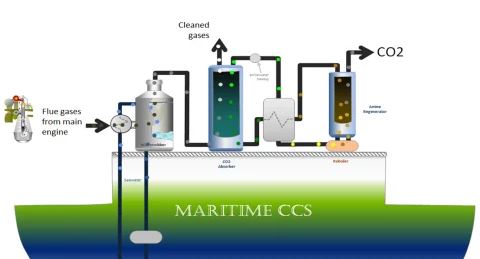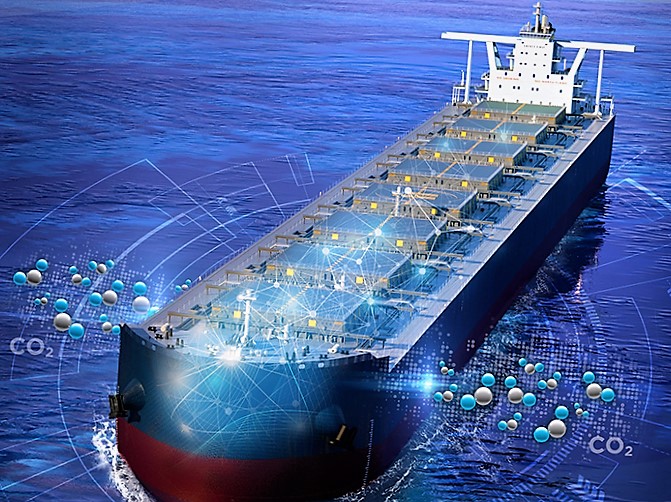A consortium of global energy and shipping companies announced that they will start with a carbon capturing system onboard. It should be a two-year project to construct and evaluate a carbon capture system onboard an oil tanker. The owner of the oil tanker is the shipping company Stena Bulk.
According to a joint press release, the project at a medium-range tanker aims for at least 30% absolute carbon dioxide capture. That is about 1,000 kilograms per hour.
Companies feel pressure to go green
The project announcement happened on the margins of the Singapore International Bunkering Conference and Exhibition (SIBCON) 2022.
Besides Stena Bulk, the Global Centre for Maritime Decarbonisation (GCMD) in Singapore, the Oil and Gas Climate Initiative (OGCI), Alfa Laval, the American Bureau of Shipping, The Netherlands Organization for Applied Scientific Research (TNO), and Deltamarin, which provides ship services for marine and offshore industries, are all involved.
This initiative comes as pressure mounts on global shipping and energy companies to decarbonize and achieve net-zero emissions by 2050.
Phases in carbon capture system building

According to the involved companies, the first phase of the project will include a conceptual model and front-end engineering design survey (FEED) of the carbon capture system. This phase will finish in the first quarter of 2023.
They added that this will be followed by the engineering, procurement, and construction of a prototype shipboard carbon capture system, as well as onshore commissioning.
According to the companies, the final phase of the project will concentrate on integrating the carbon capture system with the tanker and undertaking sea trials.
What’s carbon capturing?
Carbon capture and storage (CCS) is the process of capturing carbon dioxide (CO2) before it enters the atmosphere. It also includes CO2 transport and storage. Large point sources such as chemical plants or biomass power plants capture CO2 and store it underground. The goal is to reduce CO2 emissions from heavy industry in order to mitigate the effects of climate change.
For several decades, CO2 has been injected into geological formations for enhanced oil recovery and separation from natural gas. Yet, this has been criticized for producing more emissions when the gas or oil is burned.

